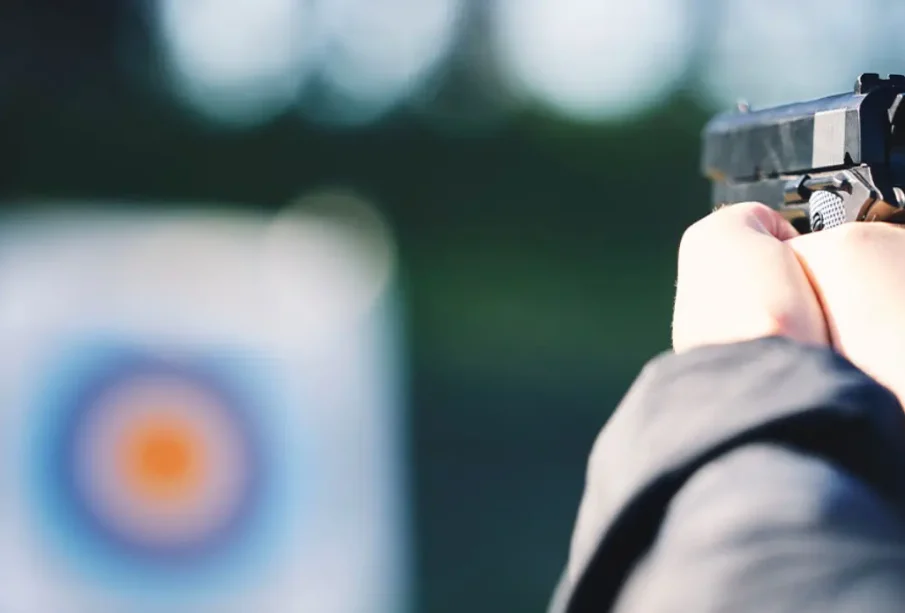Mastering the Art of Shooting With the SIG PFCU – Tips and Tricks

To shoot better, you must consider the small things that add to significant results. The grip counts. It makes the gun feel good and helps with recoil and sight alignment. If you do it right, the gun will always be in the place it wants to be.
Master the Trigger
A SIG P320 FCU trigger is one of the most essential elements to master, and proper trigger discipline will make or break your shot. A jerking trigger will lead to missed shots, while a smooth, clean pull will result in perfect hits. Many things go into proper trigger discipline, from the grip to finger pad placement to trigger angle and tension. It’s a simple rule, but shooters often overlook it: keep your finger off the trigger until you are ready to fire. Many accidental and negligent discharges can be traced back to this simple act. The good news is that you can ingrain this into your subconscious with enough practice and repetition. When you place your trigger finger on the trigger, ensure it is centered in the first crease of your trigger finger. This will help you avoid the common problem of having your trigger finger curl, negatively impacting shooting accuracy. Also, when pressing the trigger, ensure your finger does not move or squeeze the rest of your fingers. Again, this area can be improved with frequent dry practice sessions using a trigger trainer. These training tools are available in various weights to allow the shooter to isolate their trigger finger while working on maintaining consistent pressure with all fingers, which is necessary for consistency and accuracy.
Master the Sights
The aiming process is a fundamental marksmanship skill that any shooter must master. It consists of two distinct steps or processes: proper sight alignment and a correct sight picture. Most pistols are outfitted with Patridge-style sights with a thick front blade and square notched rear sight. The first step of the aiming process is to create and maintain proper sight alignment. This can only be accomplished with consistent and meaningful practice. The second step aims to acquire and hold a correct sight picture. This can only be achieved by consistent and meaningful practice as well. A correctly formed sight picture is one that the shooter can quickly call their shots and will allow them to self-diagnose marksmanship errors. For example, if the shooter is jerking their trigger, the front sight will often dip down as they prepare to fire. This allows the shooter to see that they are aiming high and can then adjust their shot pattern. In addition to running trigger drills, instructors can use training aids to illustrate what a correct sight picture should look like. This can also help an instructor quickly identify a shooter’s error. Any coach needs to be able to communicate with their students effectively and efficiently so they can diagnose the root cause of poor performance.
Master the Trigger Pull
Regarding trigger control, only the trigger finger must move when a shot breaks. This means the other fingers remain firmly in place and do not touch or squeeze the trigger or move the gun around. When a shooter jerks or slaps the trigger, it creates an impulse that can cause the firearm to twist and miss the target completely. It also creates an uncomfortable feeling for the shooter, which can lead to a lack of confidence and accuracy. The best way to get comfortable with this concept is to dry fire practice and work on the one-finger trigger press drill. This drill is not meant to replace live firing, as there is no substitute for actual trigger time. However, it can help a new shooter develop comfort with the trigger and sight while building consistency. Once a shooter has developed confidence in the one-finger trigger press, they can work on various trigger drills that build consistency and accuracy at distances from 1 to 7 yards. In particular, the reset and prep drill works well at close ranges, while a surprise break works best at middle distances. To perform the reset and prep drill, a shooter should remove their magazine and start with a clean trigger. They should then slowly apply pressure until the trigger breaks.









